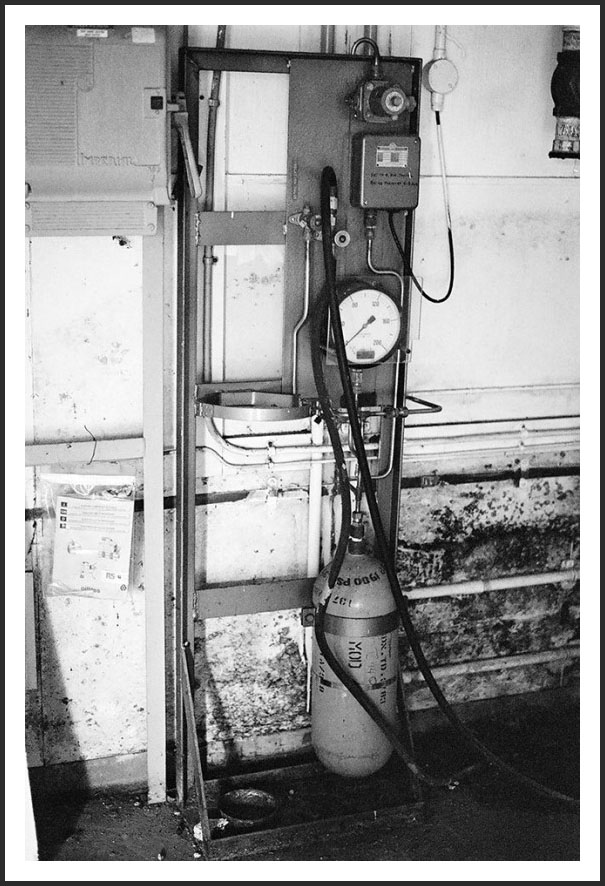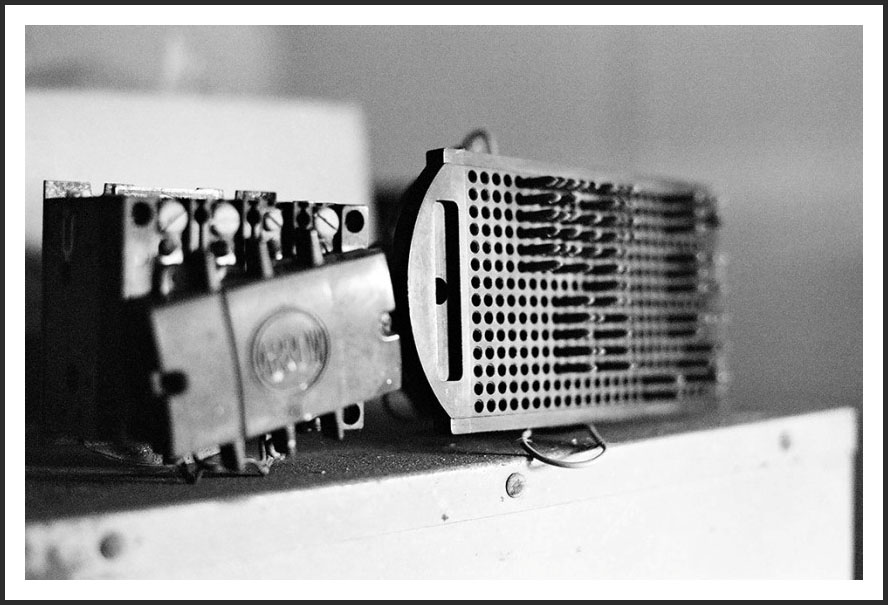

Report - Rocket Propulsion Establishment - Westcott - Apr 2013
A while back a lead was posted up on this place on 28DL which showed a couple of derpy
huts in some woods and I probably wouldn't have paid much attention had it not
been for the fact that one of the pictures showed a sign saying "Rocket Motors
Research Establishment, Westcott" or something along those lines. I was
intrigued as I had never heard of this place before plus Westcott is also fairly
local which is pretty handy if a promising explore happens to turn up near your
doorstep.
After a bit of a google I came across a set of pictures that showed a bit more
of what the rest of the site might look like, lots of concrete bunkers and
strange looking 1950's control panels. The pictures were not dated so it was
pretty impossible to tell if any of it was still there or not but they did look
fairly modern judging by the cloths some of the tourist in them were wearing.
There is hardly any info about on this site so I've cut n pasted what I could
find from Wiki. The rest I'm going to have a guess at.
The Rocket Propulsion Establishment at Westcott, Buckinghamshire on the site of
the former
RAF Westcott has made a number of notable contributions in the field
of rocket propulsion, including input on the rocket design for the Blue Streak
missile and the propulsion systems on Chevaline. It was also known as the Guided
Projectiles Establishment and PERME Westcott (Propellants, Explosives and Rocket
Motor Establishment, Westcott).
For many years this establishment was regarded as so secret it was not marked on
Ordnance Survey maps, although it was marked, from necessity, on maps for the
use of pilots.
The establishment was set up in April 1946 under the Ministry of Supply. In the
initial years a team of German scientists worked at the site, and examples of
German weapons were onsite for study. These included the V-1 flying bomb; V-2;
Feuerlilie F-55 subsonic missile; Messerschmitt Me-163B rocket-propelled
interceptor; Rheintochter-1 anti-aircraft missile; Ruhrstahl X-4 air-to-air
wire-controlled missile; Enzian E-1 3,150-lb missile; Henschel Hs 298
anti-aircraft missile; Hs 293 anti-shipping weapon; and Schmetterling and
Wasserfall anti-aircraft missiles.
Throughout the 1950s and 60s Westcott undertook the design and development of
rocket motors, and was responsible for most of the rocket motors used in British
guided missiles and research vehicles. The design of these whole missile systems
was undertaken by the Royal Aircraft Establishment at its facilities in
Farnborough and Bedford. In 1984 the Rocket Propulsion Establishment came under
the control of the Royal Ordnance Factories, and in 1987 control passed to the
private sector when British Aerospace took over Royal Ordnance.
The site is massive and is split into differently named zones, though what
relevance the names have I don't know. Also I took along my film camera loaded
with iso400 b/w film, so you know what's what.
C SITE.
This is typically what a lot of the test bunkers looked like.

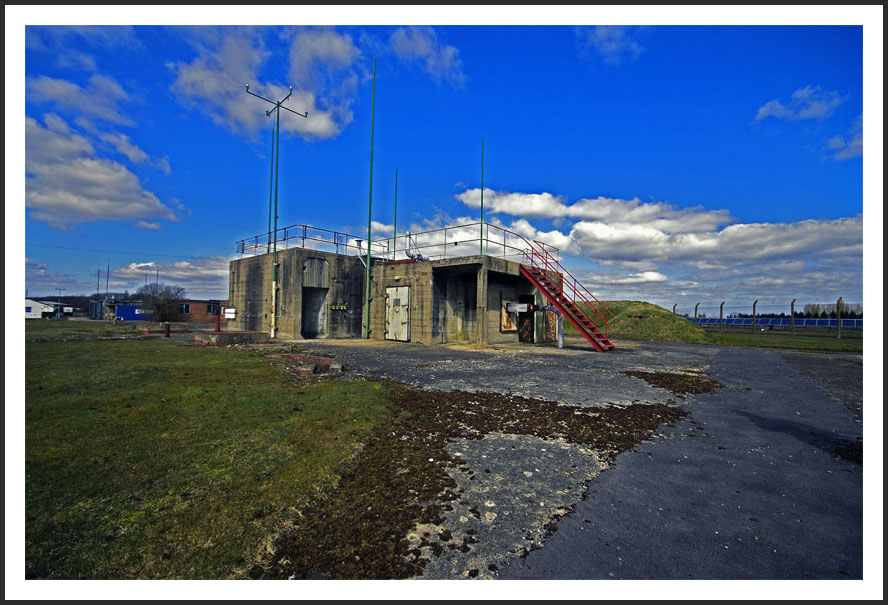
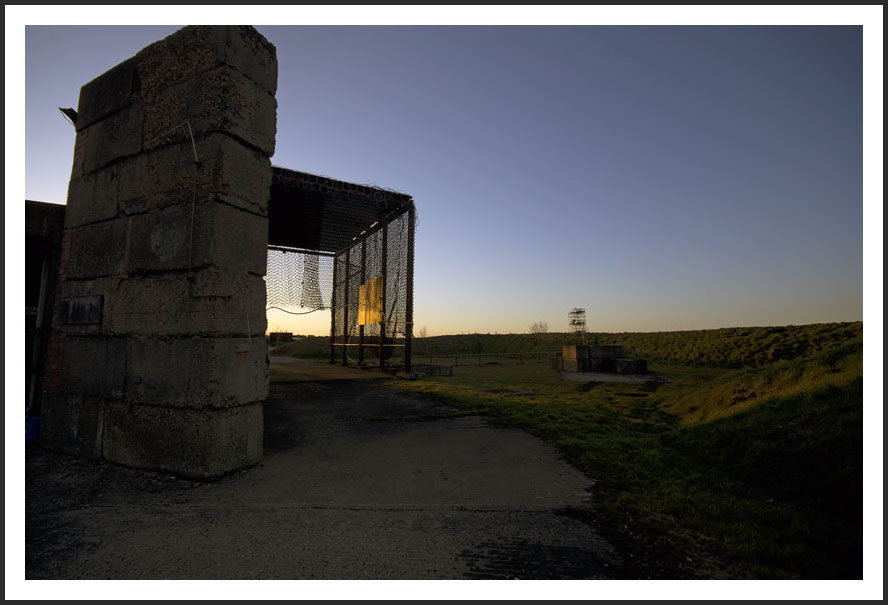
Access was generally through a reinforced door
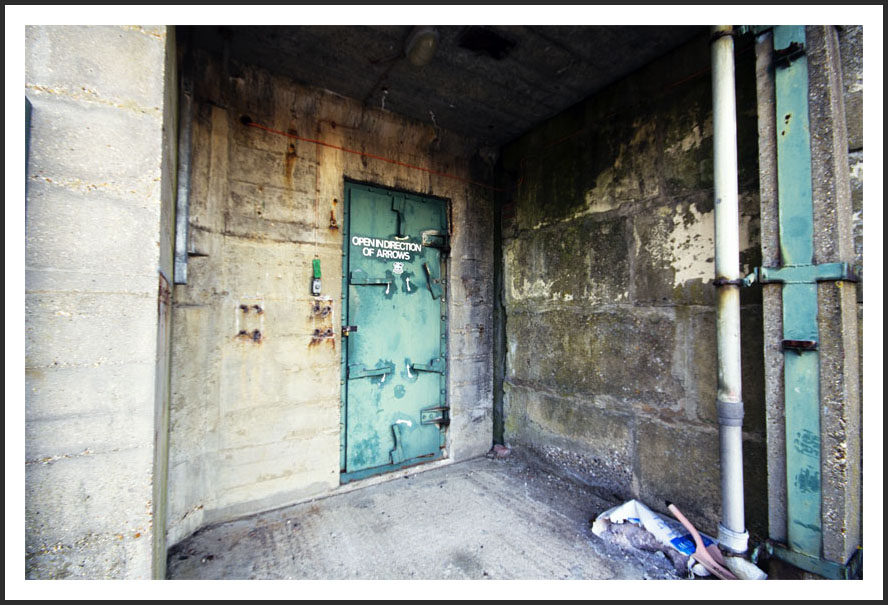
and with small slots to enable the observers to see what's happening...
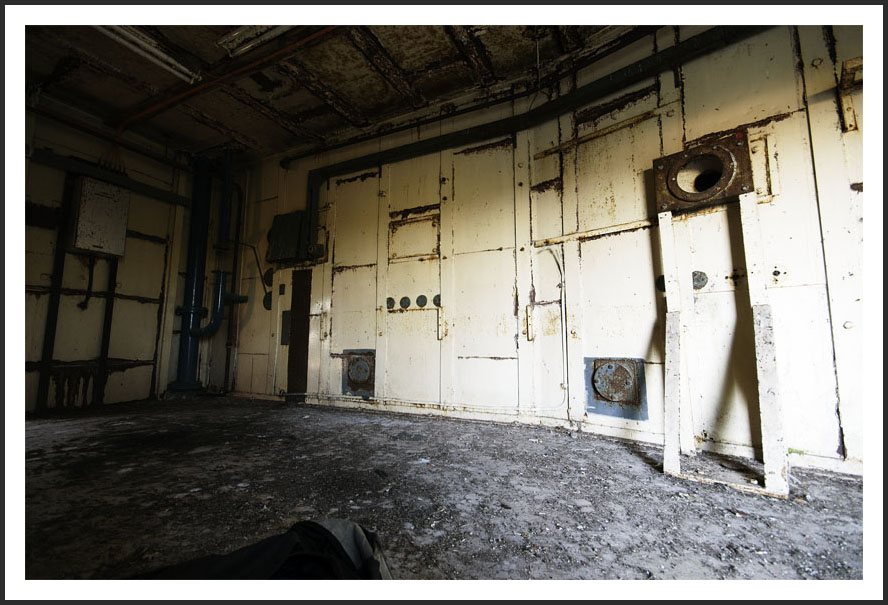
A fair amount of plant was still in place...


The remains of the CCTV system used to monitor the rockets...
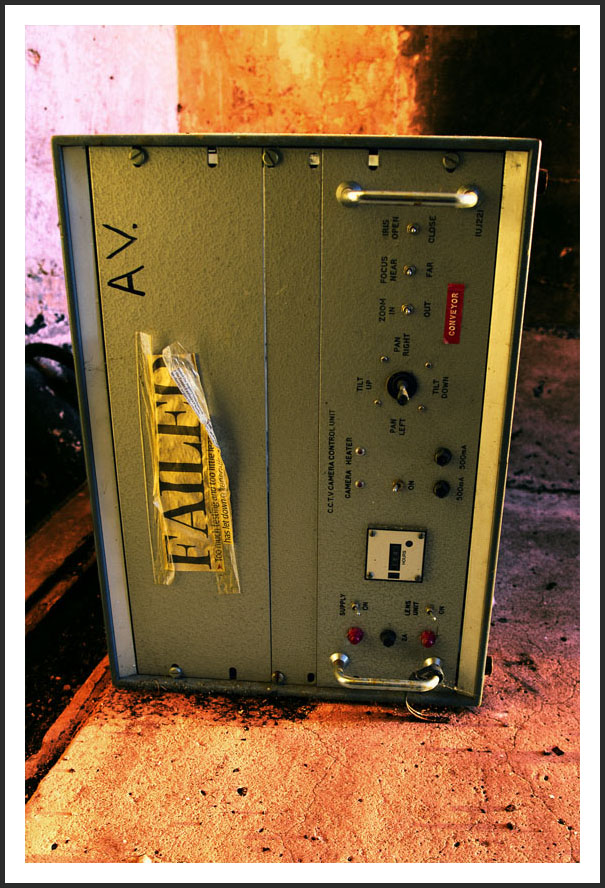
These tie bar type distribution frames were a common occurrence throughout the site.


Each site had it's own designator.

Part of the cine film equipment.


Then this rather splendid control panel.
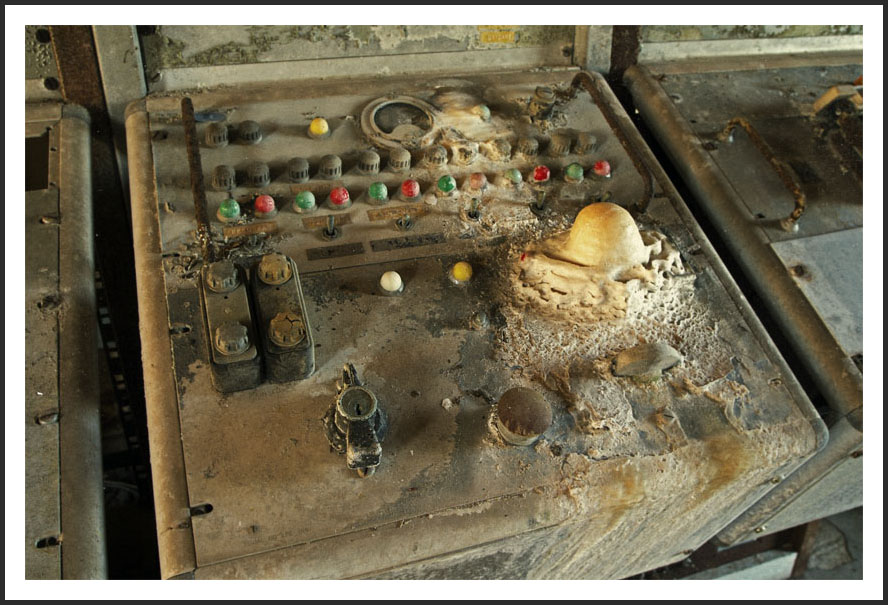

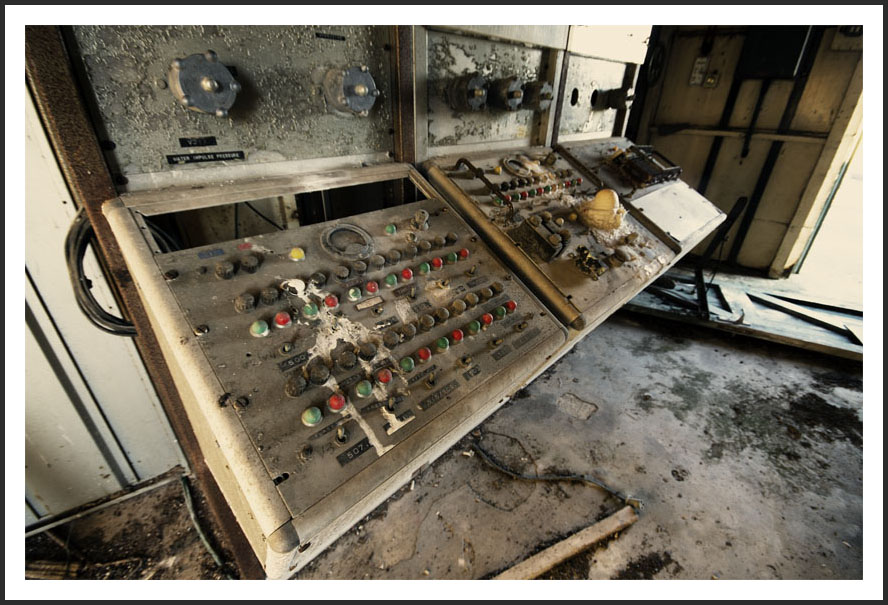
Round the back.

And the remains of another.
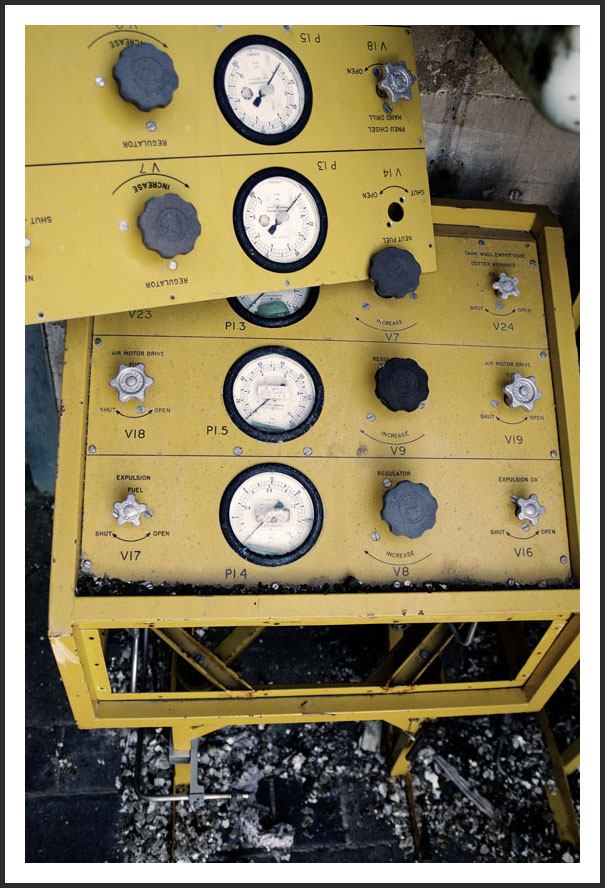
What to do if there is a fire.

In one of the chambers there are still some of the remains of the actual rockets.
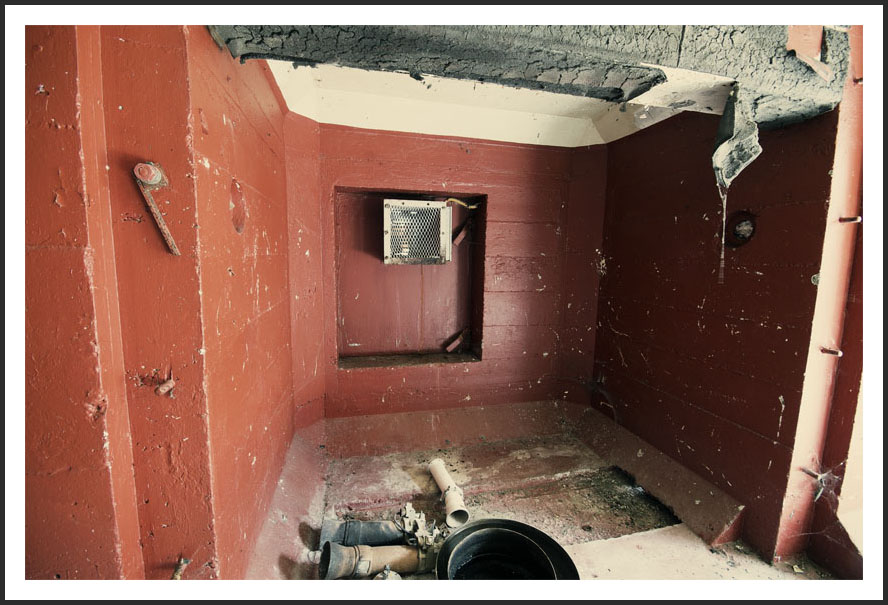

There were also a few huts which mostly looked like this...

AREA 6.
Lots of old 1950's Dan Dare equipment still in place in this area.
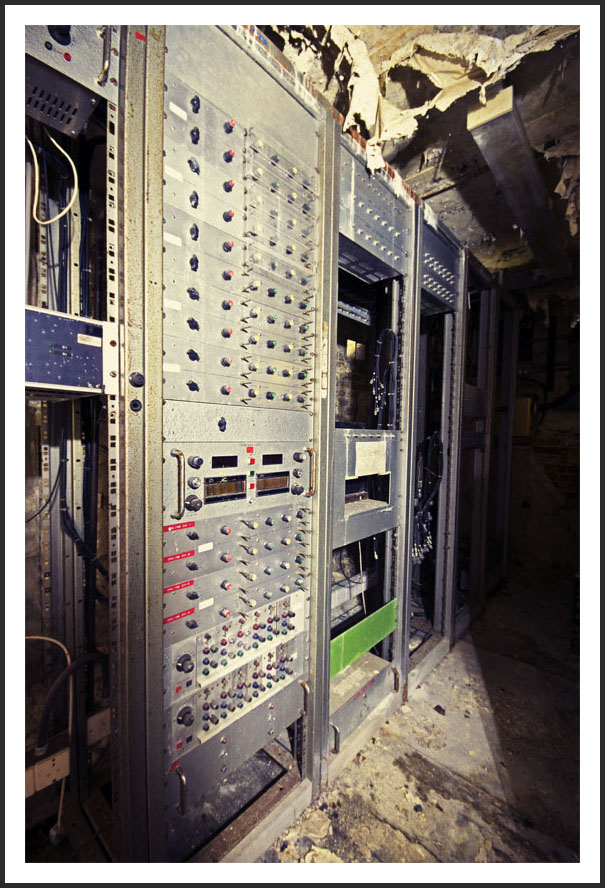
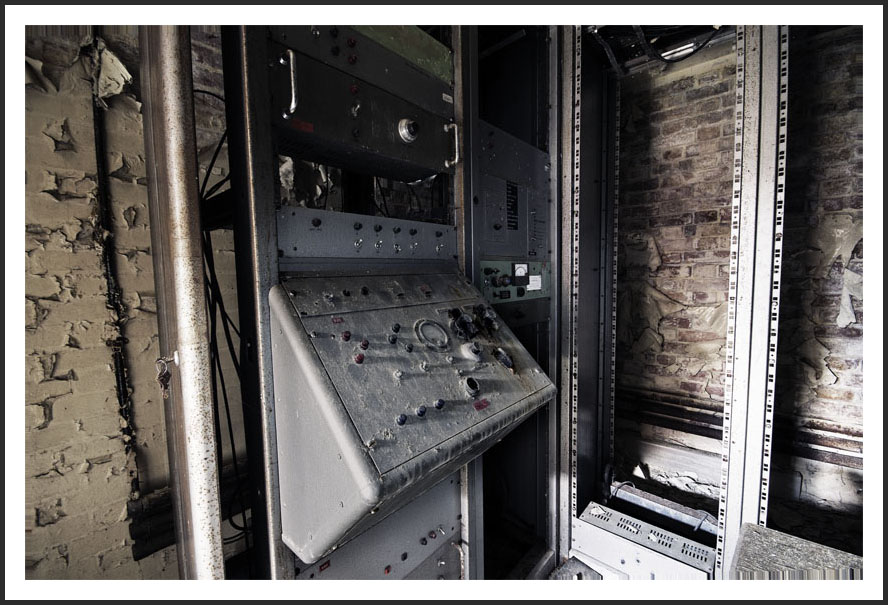
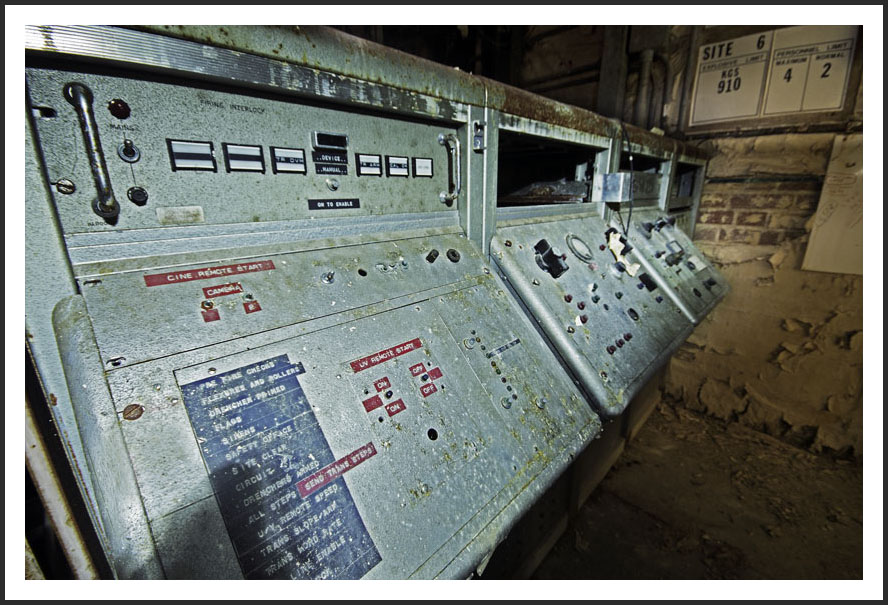


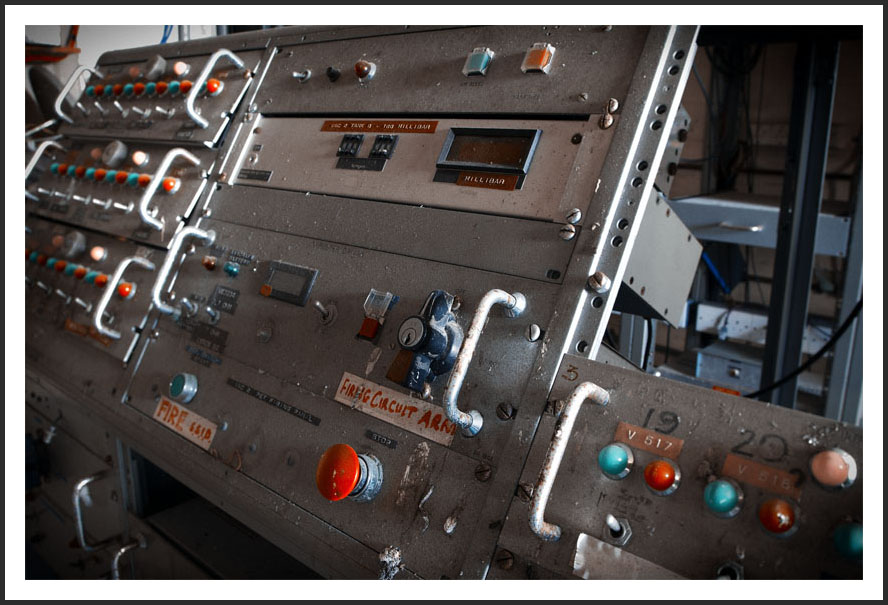
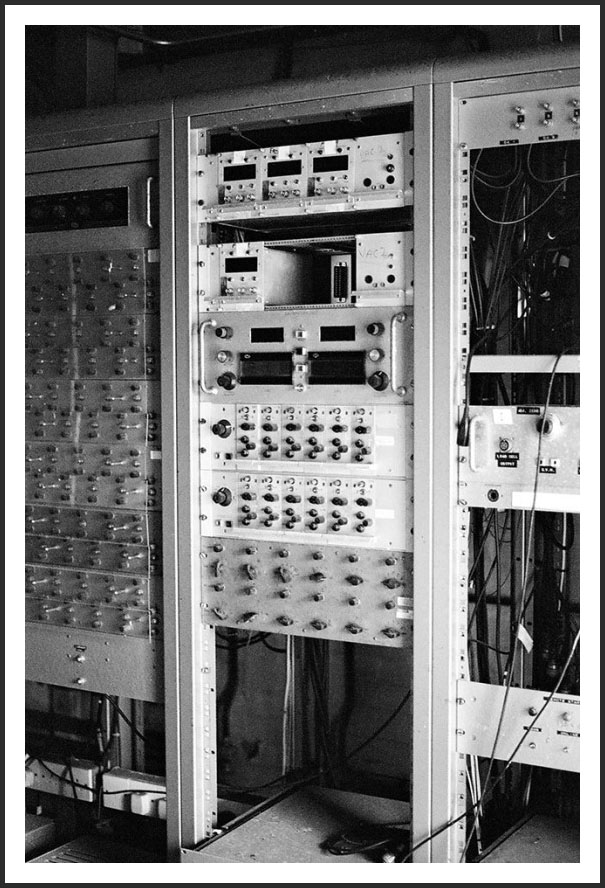
Perhaps part of a rocket?
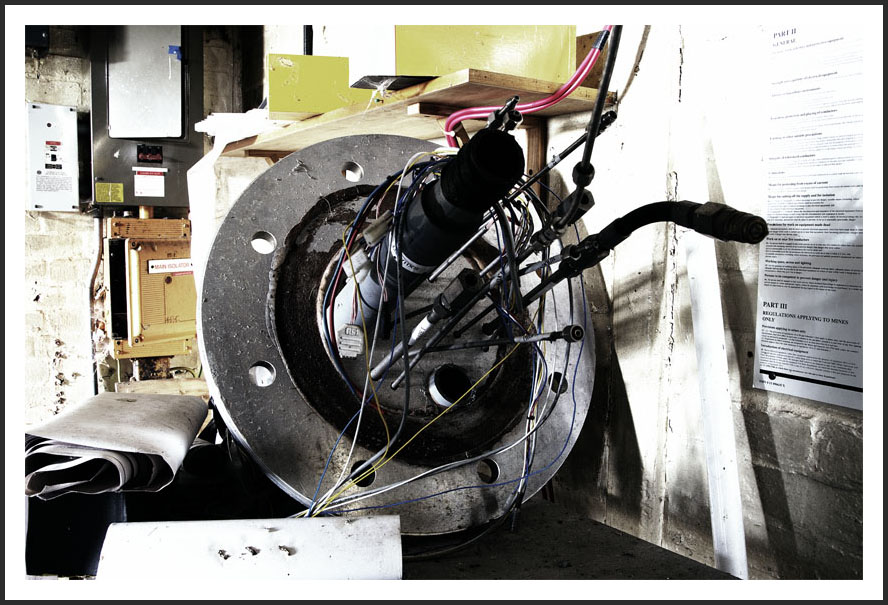
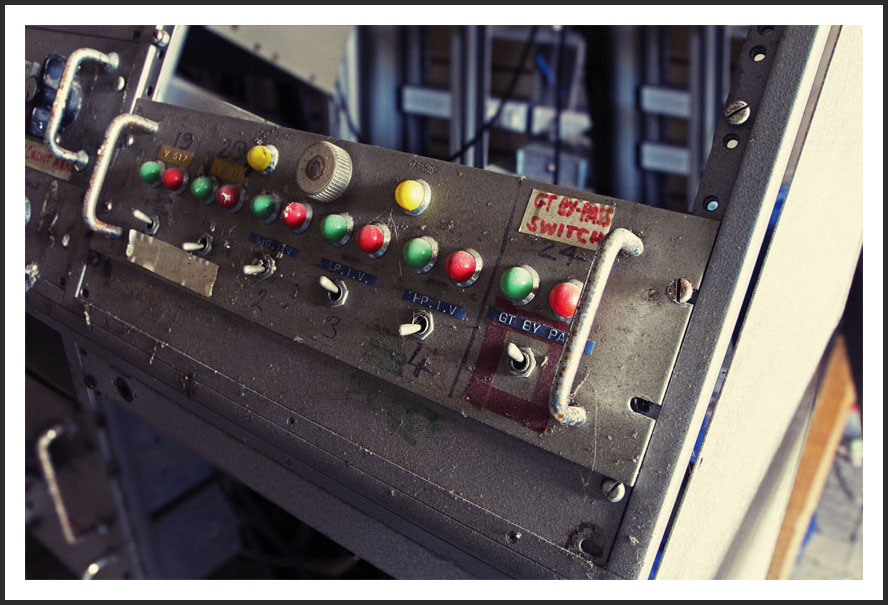
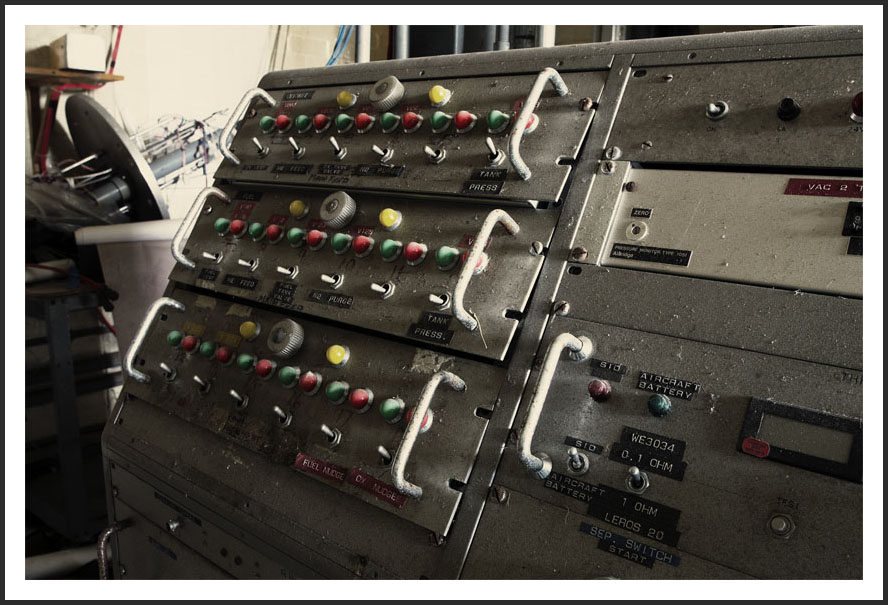
The mess area at the back of the building.
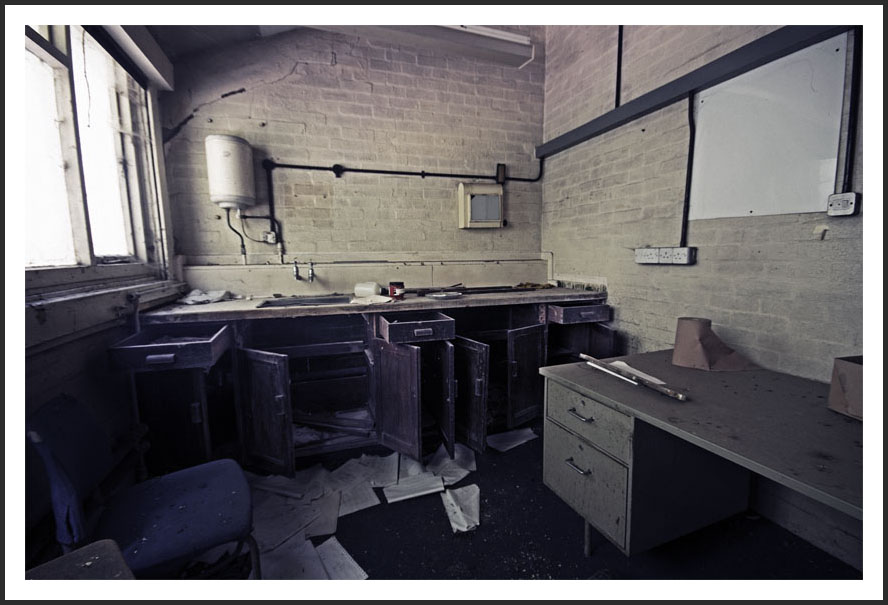
This is apparently a scale model of the Blue Streak missile tested on site. Personally I think this is the housing that would have contained the Blue Streak under test.
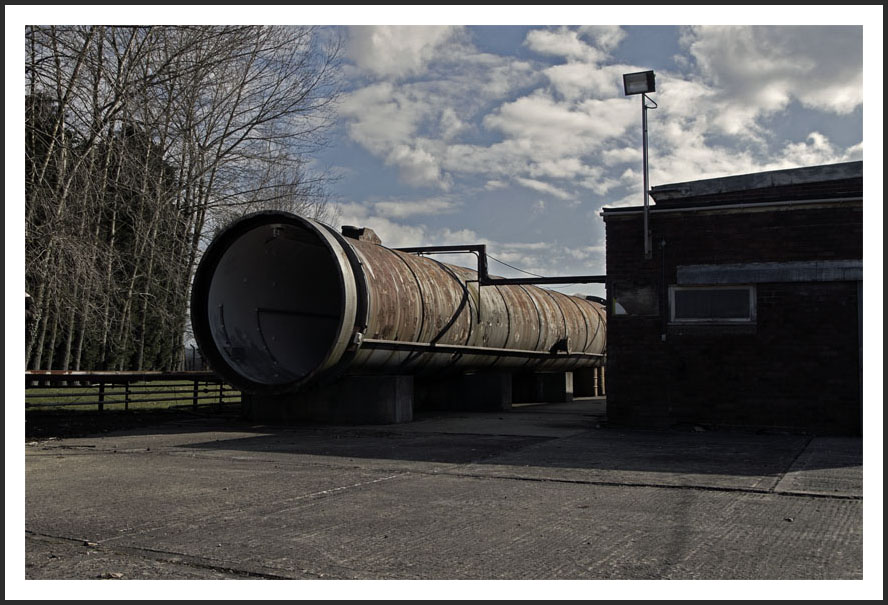
The WW2 Control Tower. I used my film camera for these pics. The building was stripped out but must have been used for storage at some point given the amount of cupboards in there.


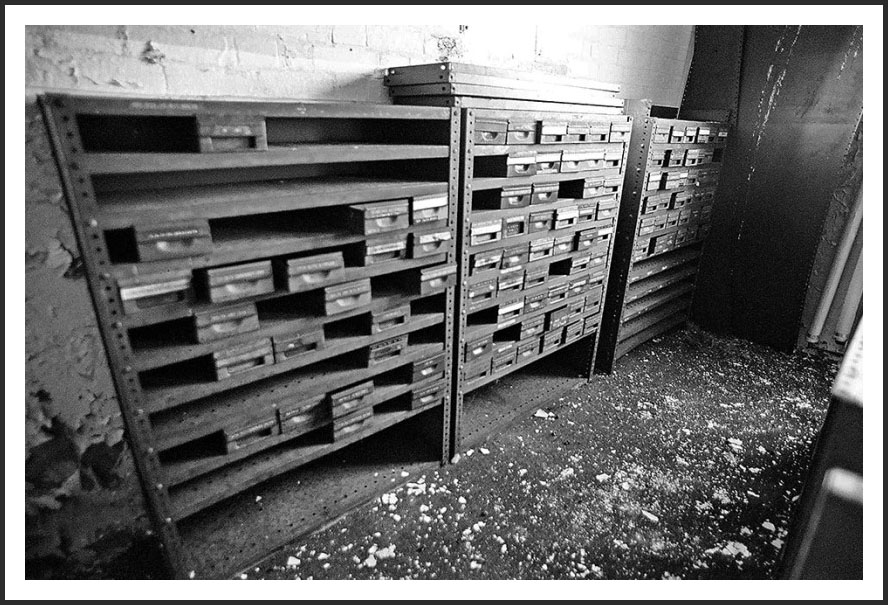

K1 SITE.
K1 test stand was built in late 1950s to allow rockets to be
fired in an inverted position with the flume of gasses observed through the open
roof and is the only one of its type known in Britain, still in use until the
late 1980s.
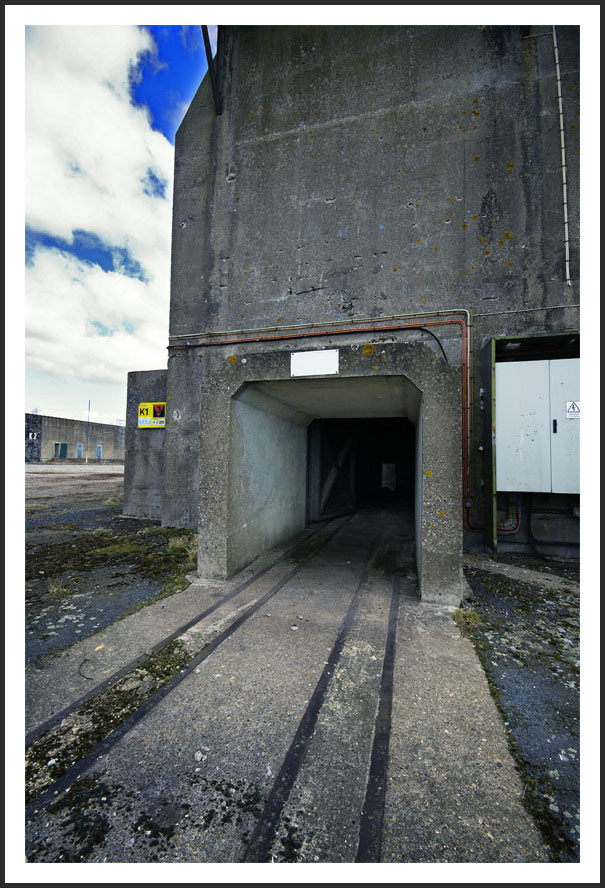
From the inside - I would imagine the rocket was strapped to the supports.
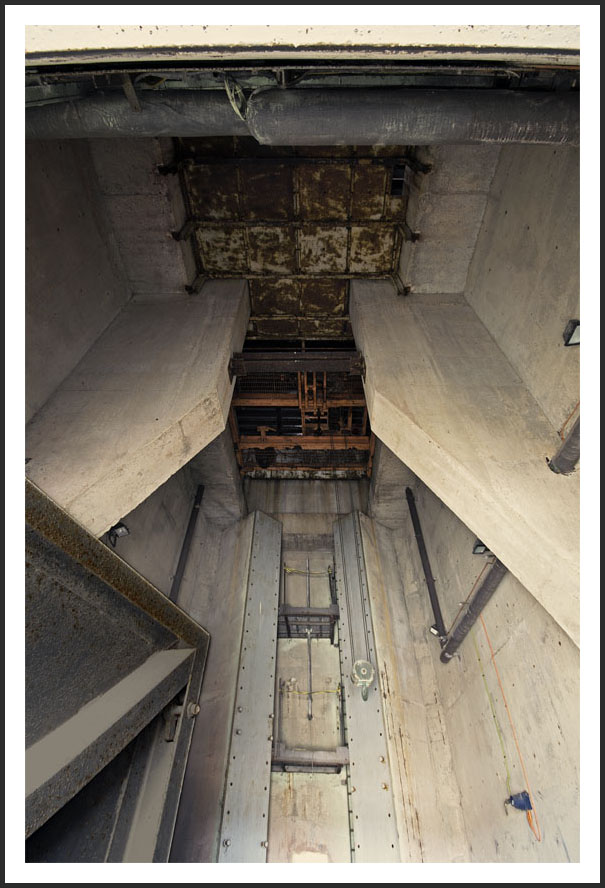
K2 SITE.
K2 was built in the late 1950s for test firing rocket motors in a
horizontal position, the exhaust gasses deflected by a wall of refractory
concrete.
The impressive blast wall.
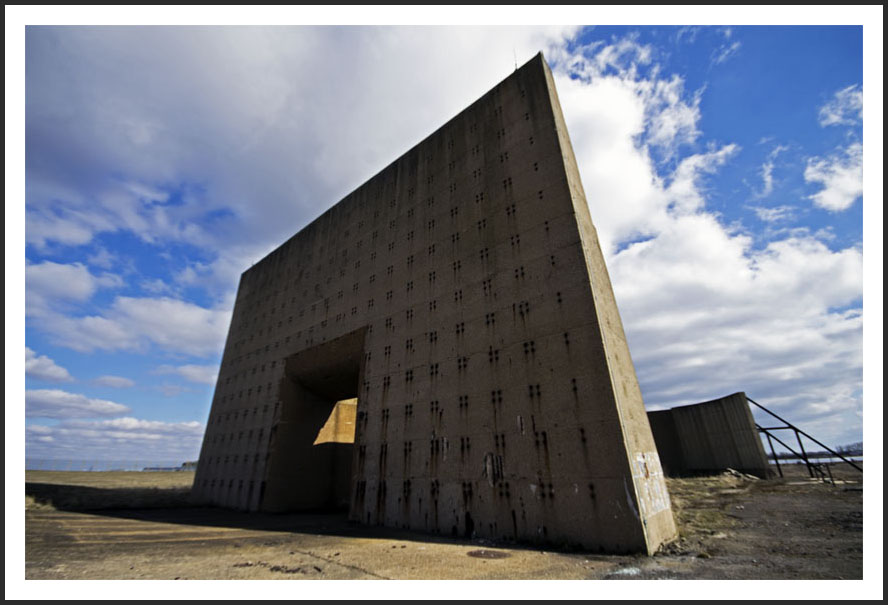

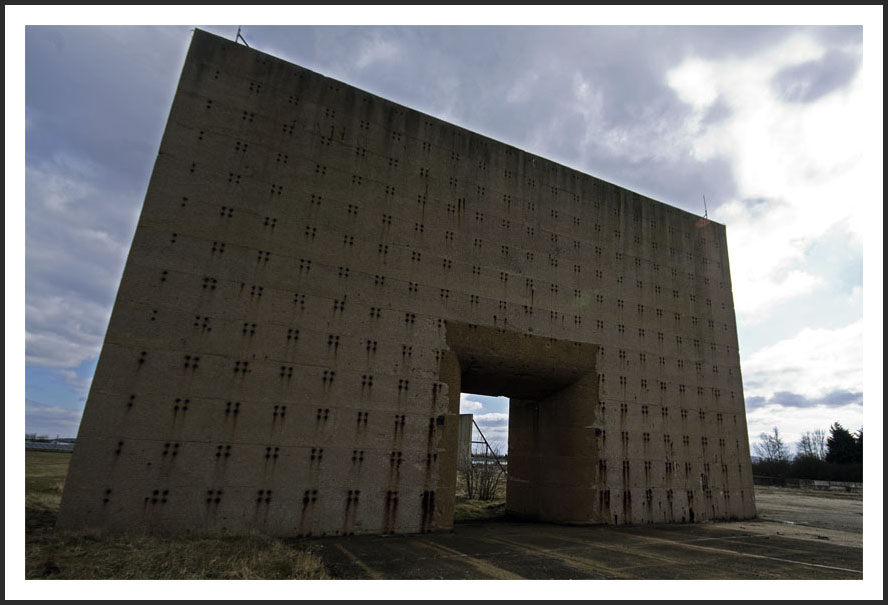
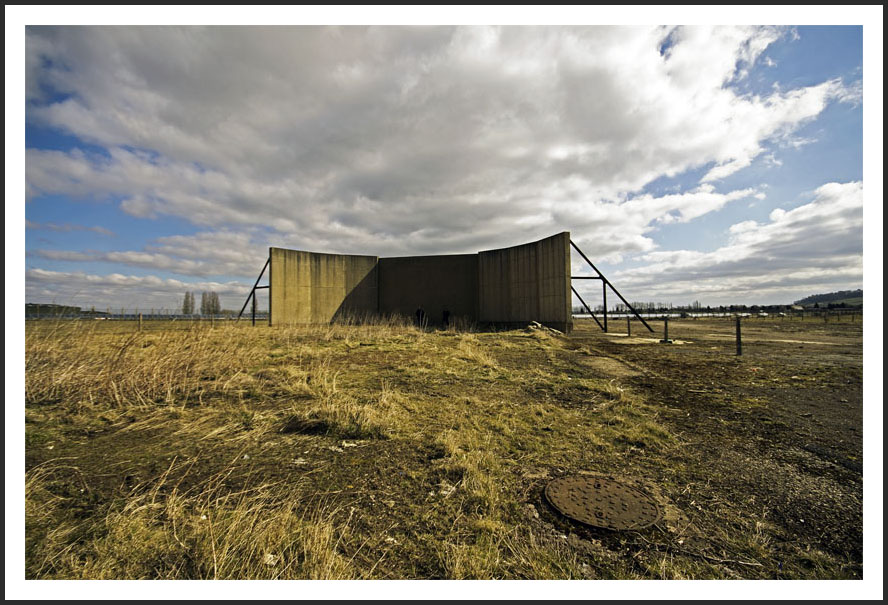

View of the building used to house the rocket under test.

The observation deck.
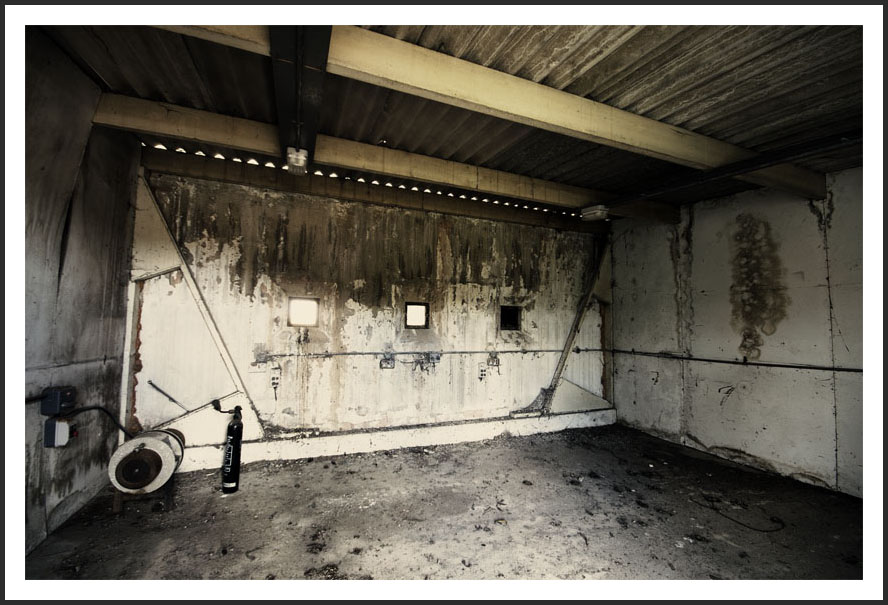
And the view from below.
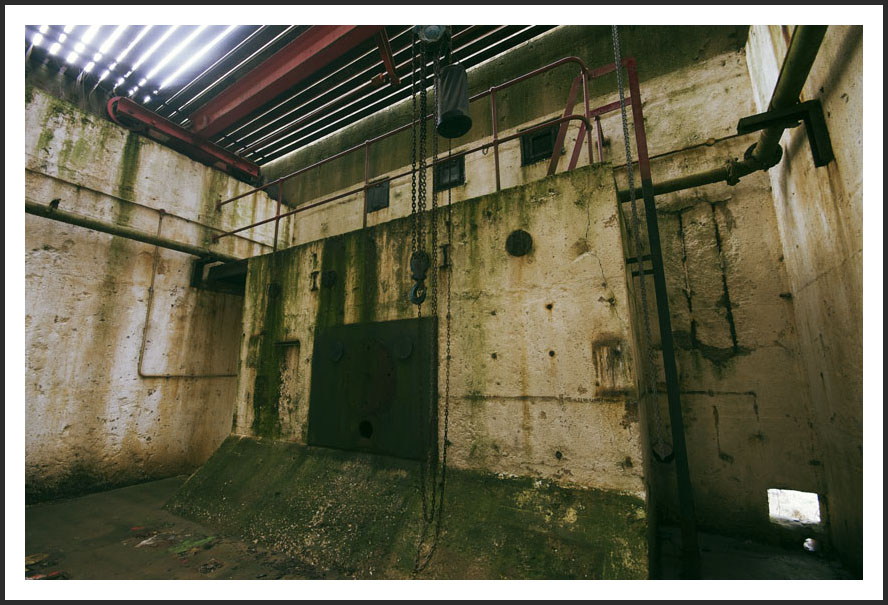
View to the rocket testing house, showing the route the exhaust gas would take.

P2 SITE.
The two largest liquid propellant firing points are at P site, originally built
in late 1940s for testing liquid fuel rocket motors, with P2 later converted in
the late 1950s for work on the Rolls Royce RZ2 engine designed to power the Blue
Streak intermediate range ballistic missile (IRBM) (B5). These pics show only
the P2 site.

Lots of these hexagonal concrete blocks where left lying around. I guess they where stacked some how with a rocket inside, but who knows?
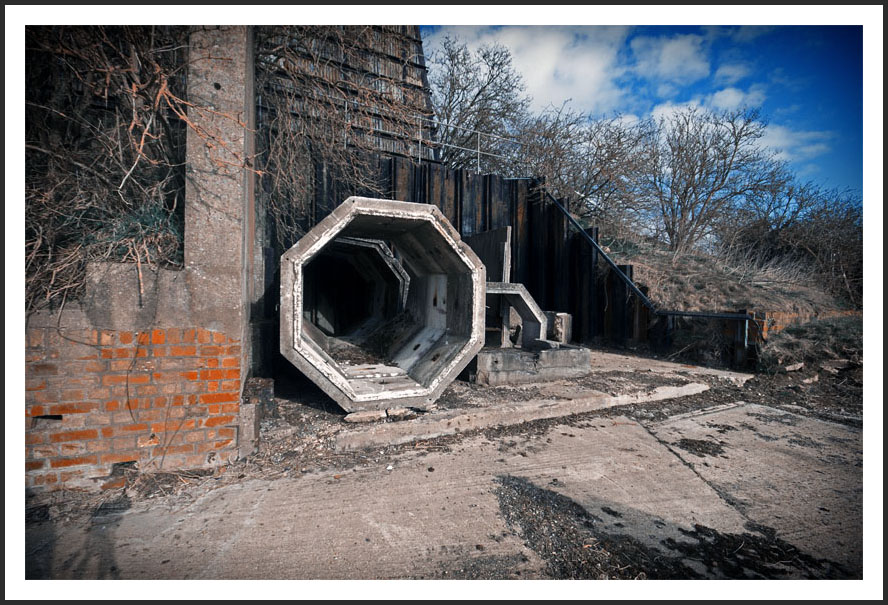
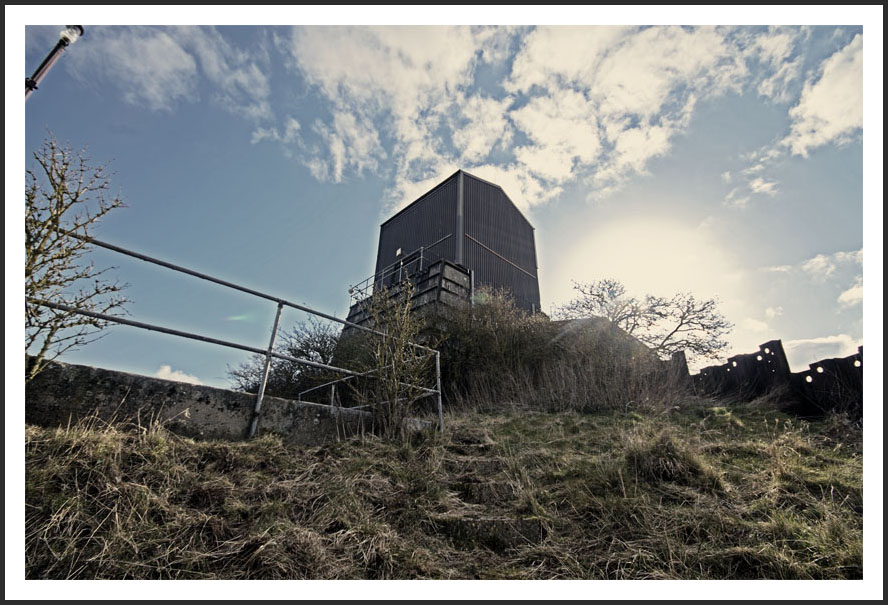
Inside I guess the rocket were tested vertically with the gases being vented through the entry doors.

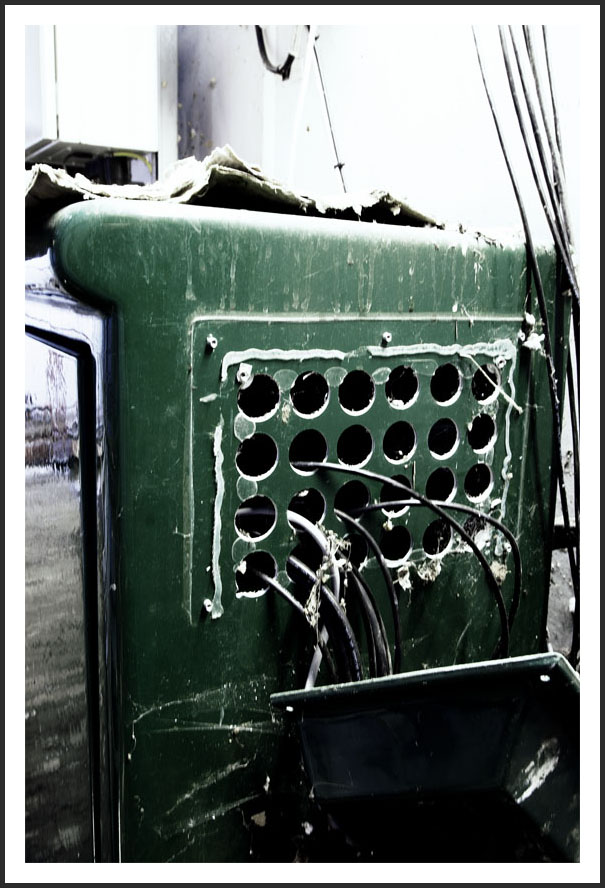
View looking back down.
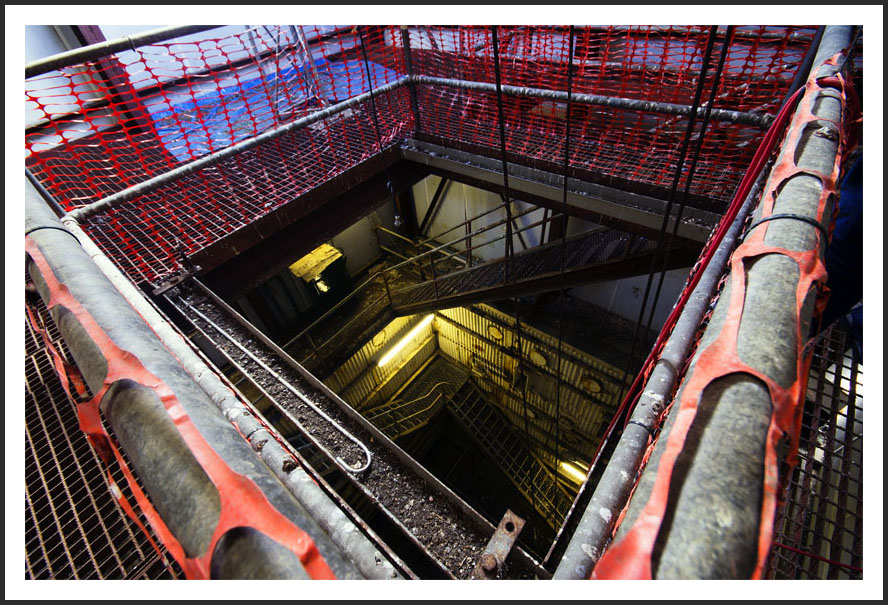
Small crane.
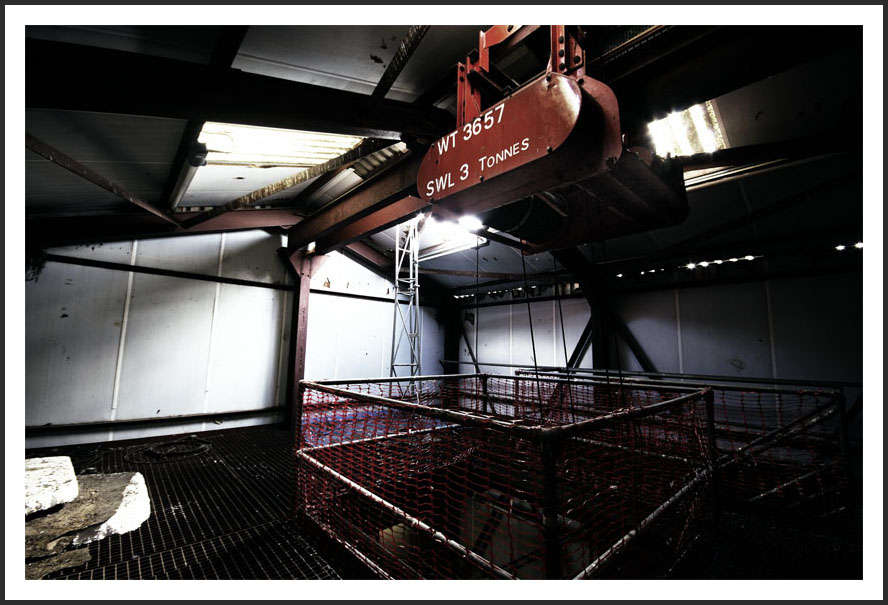
Round the back was the observation bunker, separate from the rest of the building.

A desk was still in place with the intercom along with some old testing equipment.
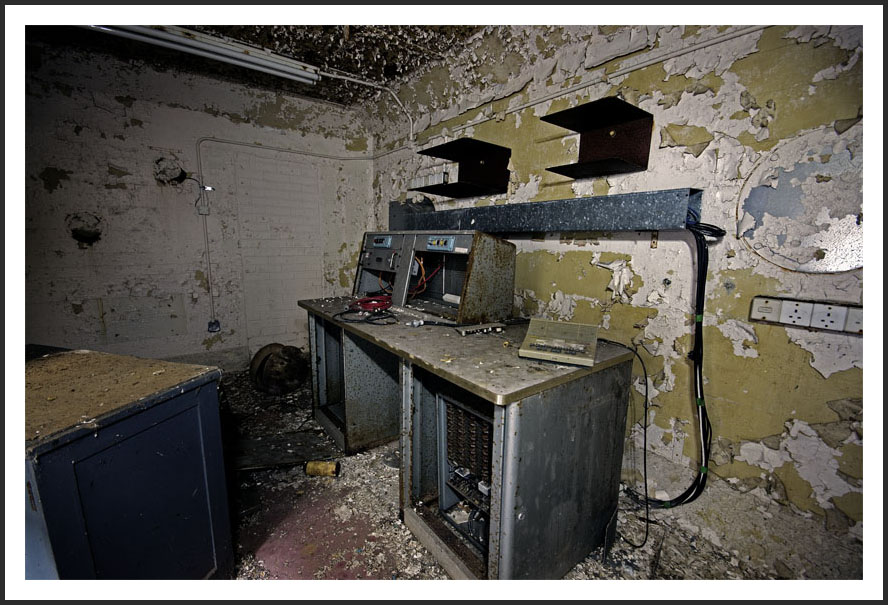
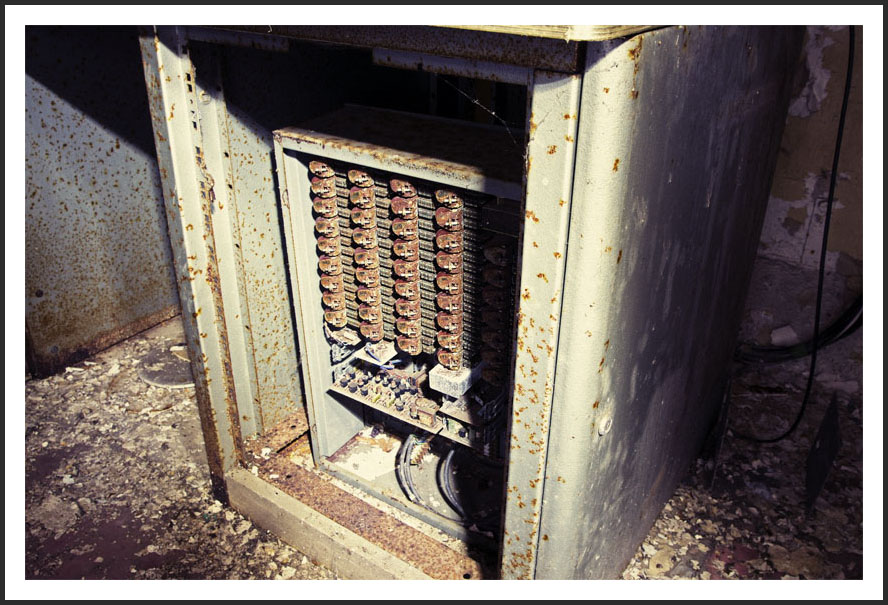
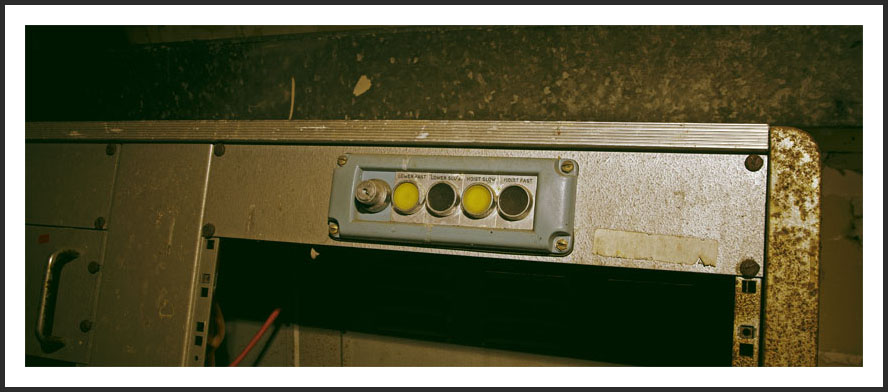

Vibration Testing Site.
Lot's of old vibration testing equipment left in this building. I guess sensors
where put on the rockets which where fired up and the amount of vibration
generated recorded on the various gear in the pics.
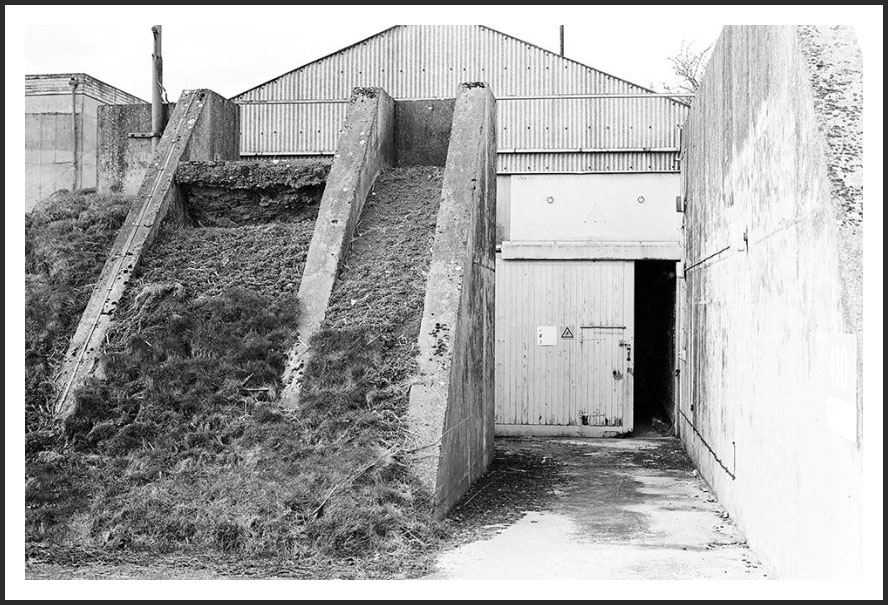

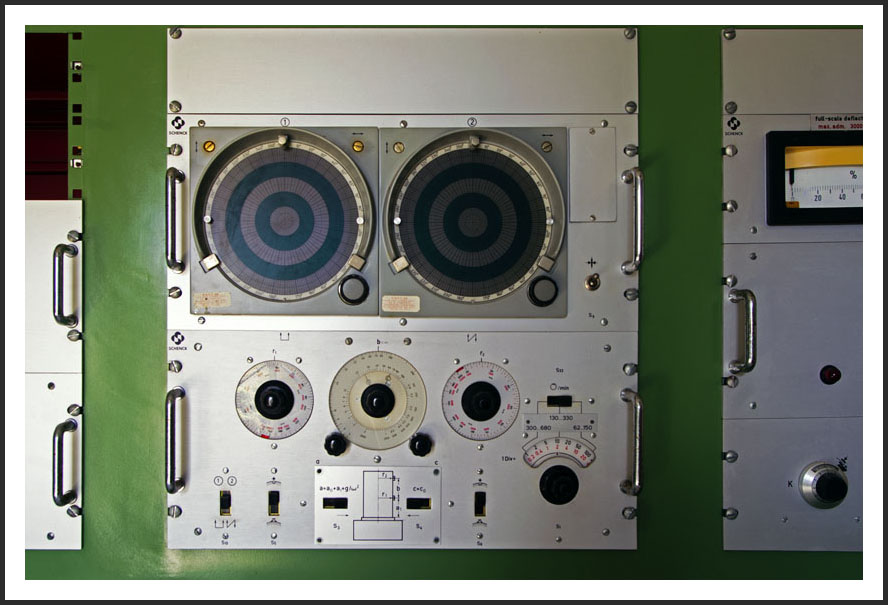

Another...
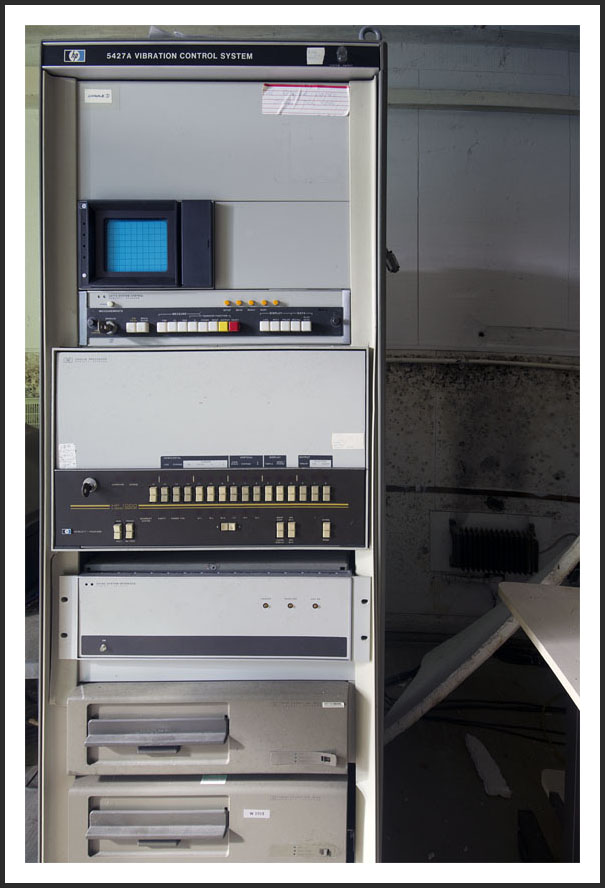

There were also lots of other general out buildings whose purpose has long since been lost. Mostly they are stripped but there is still the odd piece of equipment left here and there.

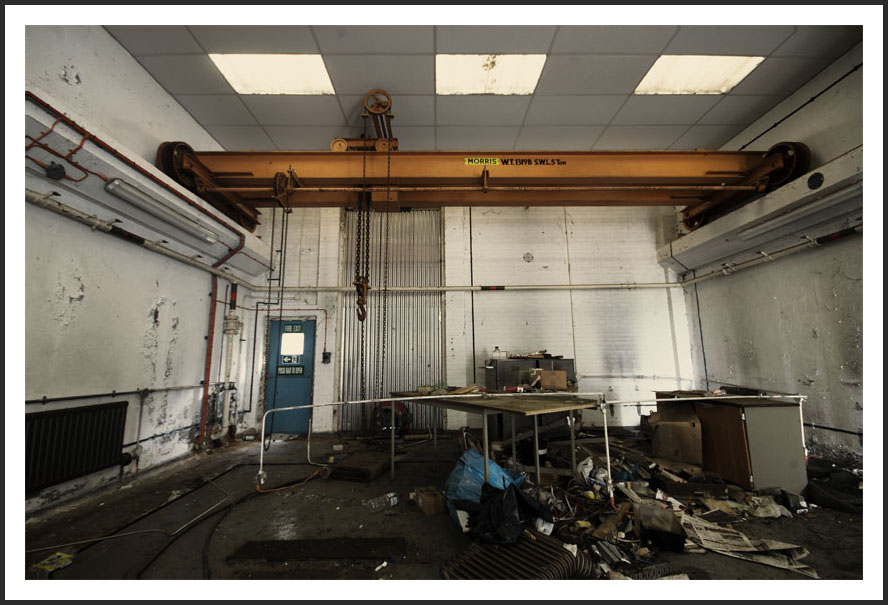 b
b
